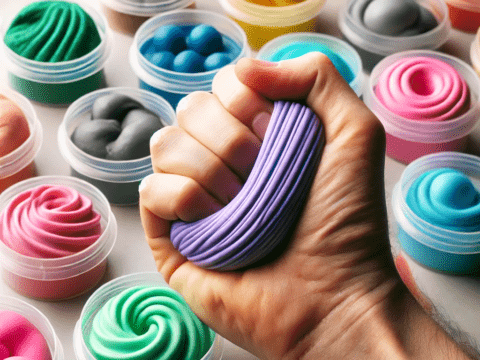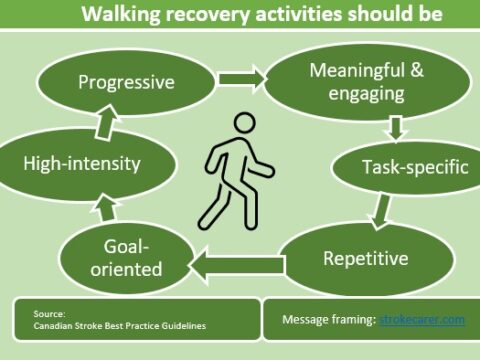
Recovery after a stroke often requires repetitive exercises to regain strength, coordination, and fine motor skills. One simple yet highly effective tool that can support this recovery process is a pegboard. Used in occupational and physical therapy, a pegboard can help stroke survivors improve hand function, dexterity, and cognitive abilities in a way that is engaging and measurable.
What is a Pegboard?
A pegboard is a flat board with evenly spaced holes designed to hold pegs of various shapes, sizes, and materials. Some pegboards are designed specifically for therapy, while others are commonly used in woodworking or tool organization. In rehabilitation, pegboards often include different-sized pegs that require varying levels of grip strength and coordination to manipulate.
How a Pegboard Helps Stroke Survivors
1. Improves Fine Motor Skills
Many stroke survivors experience weakness or lack of coordination in one hand. Pegboard exercises require precise movements, such as grasping and placing pegs into holes, which can strengthen hand muscles and improve fine motor control. Over time, these exercises can make everyday tasks like buttoning a shirt or holding a spoon easier.
2. Enhances Hand-Eye Coordination
Stroke survivors often struggle with spatial awareness and coordination between their eyes and hands. Pegboards encourage them to visually focus on a target (the peg hole) and guide their hand accordingly. This can improve coordination, making daily activities like pouring a drink or picking up small objects less challenging.
3. Encourages Bilateral Hand Use
For stroke survivors who have weakness in one hand, it’s common to rely heavily on the stronger side. Pegboards can be used to encourage the use of both hands, even if the affected hand plays a supporting role. This helps in regaining strength and functionality over time.
4. Supports Cognitive Rehabilitation
In addition to physical benefits, pegboards also challenge cognitive skills such as problem-solving, sequencing, and concentration. Activities like sorting pegs by color or arranging them in specific patterns help stroke survivors engage their brain while working on their motor recovery.
5. Provides a Measurable Way to Track Progress
One of the advantages of pegboard exercises is that progress can be easily tracked. A therapist or caregiver can record how many pegs a person can place within a set time and note improvements over weeks or months. This can be motivating for stroke survivors, showing them that their efforts are leading to real improvements.
How to Use a Pegboard in Stroke Rehabilitation
A pegboard can be used in various ways, depending on the individual’s abilities and goals. Some common exercises include:
- Basic Peg Placement: Picking up pegs and placing them into holes.
- Sorting and Matching: Using different colored or shaped pegs to practice cognitive skills.
- Using Tongs or Tweezers: To further challenge grip strength and coordination.
- Timed Challenges: Measuring how many pegs can be placed within a certain perio
A pegboard is an inexpensive and versatile tool that can play a valuable role in stroke recovery. Whether used in a therapy session or at home, it provides a practical way for stroke survivors to regain motor skills, improve cognitive function, and track their progress. Simple yet effective, it can make a significant difference in the rehabilitation journey.
Would you like me to add a section on where to buy or how to make a DIY pegboard?



